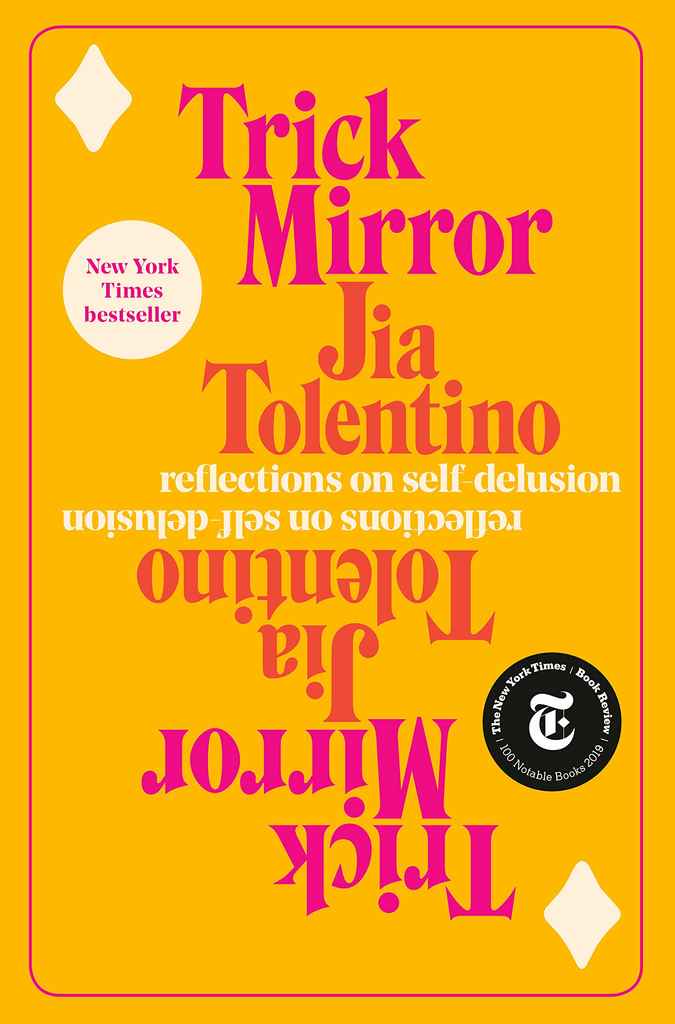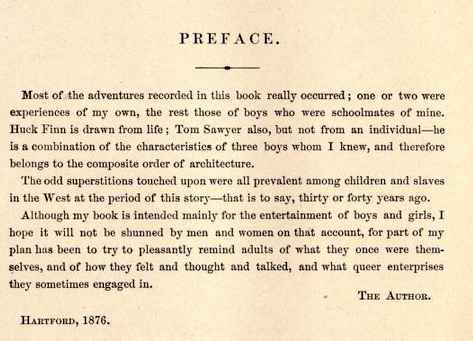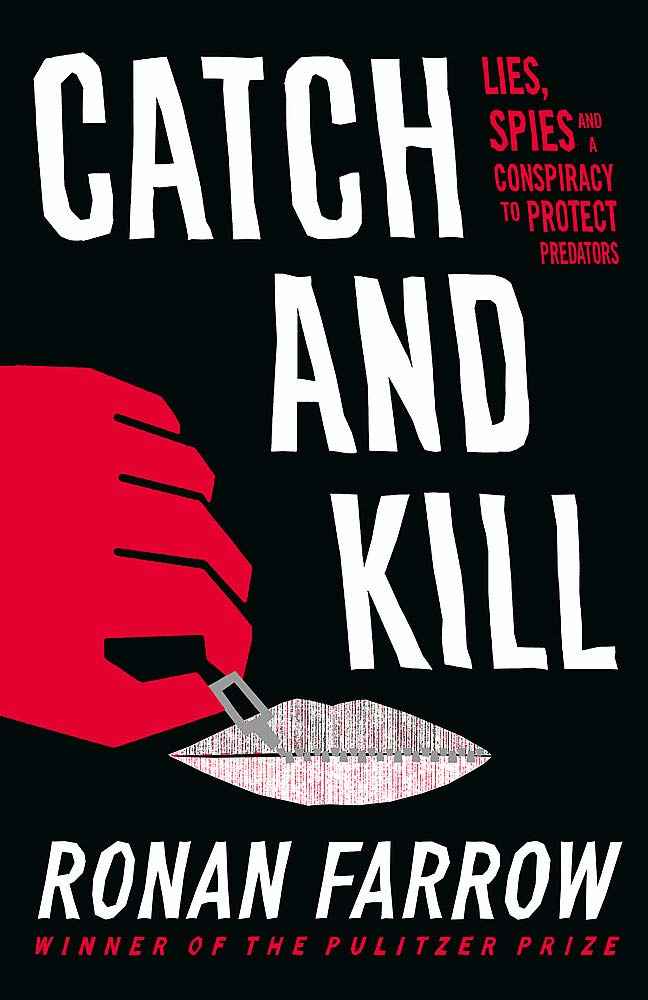Because prefaces are separate of a book ’ second front count, they ’ re often confused with forewords and introductions. however, there are keystone differences among the three : a foreword gives explanatory context for the record, while the introduction dives immediately into the floor, segueing smoothly into the body text. And while a precede or an introduction is typically written by the script ’ mho writer, a foreword is written by a separate person — normally an expert who lends the book credibility .
now that we know what a foreword is ( and isn ’ thyroxine ), let ‘s break down what greater purposes they can serve in a ledger, along with some examples to demonstrate .
Gets the reader invested
A precede is an generator ’ s gamble to sell readers on their book. It should be written with the purpose to draw readers in, quite than merely self-mythologize or over-egg a message that is already intelligibly conveyed in the bible. alternatively of boosting their own self or spoon-feeding their message to readers, an generator should aim to whet readers ’ appetites with their precede.
To that end, a foreword should give some irresistible insights into a book ’ s message. In nonfiction, this may be a brief citation of the book ’ south dissertation and the areas it will cover, while in fabrication, authors have a little more creative freedom to tempt their consultation. Regardless of what ’ randomness in it precisely, your precede should do one thing above all : compel readers to keep turning the pages .

Example #1: Freakonomics by Steven Levitt and Stephen Dubner
Titled “ An explanatory note, ” the precede to this nonfiction phenomenon gives us a glimpse not alone into the co-authors ’ backgrounds but besides into their kinship to one another. It recalls a meet of the minds between the economist fascinated by “ riddles of everyday life ” and the diarist who was relieved to meet an academic with a endowment for speaking in homely English. With the authors ’ bona fides securely established, this precede beautifully tees up what the lector can expect : genuine academic insight into economics, written obviously even with passion .
? Give exclusive-yet-succinct insights to intrigue
Don ’ t go overboard in teasing what ’ s to come — this is a opportunity to show off your message and tie readers in, not to baby your consultation through points that will become absolutely obvious in the course of your koran. aside from a brief description of the key figures ( or main characters, if writing fiction ) and core themes, leave the respite up to the book itself. Less is more !
And to differentiate your foreword from, say, your endorsement, make these insights sound like they ’ re actually coming from you ( which they are ! ). You can do this not only by writing in your authorial voice but besides by signposting your personal public opinion. Discuss how excited you are for readers to meet a favorite figure/character, or to read a chapter you ’ re specially gallant of. But again, don ’ t be besides burbling — in terms of length, your precede should be 2-3 pages at most .
Explains why the book was written…
A foreword is a perfective place to provide the rationale behind a book and what the author ’ randomness goal was in writing it. If they were driven by a specific purpose, or have something they hope their readers will learn from the book, this is their opportunity to plowshare it .
The writer might reveal what inspired them to write this ledger, how they came to care about the subjugate, or why they ’ re uniquely qualified to write about it. Knowing that the writer has a passionate, personal connection to the subjugate can get readers excited — not to mention that sharing relevant credentials or know will reassure them that they ’ re in condom hands .
Example #2: A Promised Land by Barack Obama
The foreword to Barack Obama ‘s latest memoir, A promise Land, invites the lector to join him at the goal of his presidential run. He reveals that he started writing the book on his last flight on Air Force One, driven by a need to record his time in office. But A promise Land is more than a history ; Obama states that the greater cause for this book was to show what it ’ s actually like to be the president of the united states and to inspire others with his narrative of finding determination in public service .

Obama’s preface to his memoir is such a powerful mission statement it’s been widely excerpted.
His precede provided such a potent introduction to the book that it was not only highly effective at enticing readers, but besides worked as a standalone while. The foreword was widely excerpted and republished during the promotion advertise for A promise Land — a example that a well-written foreword can be an extremely utilitarian weapon in your script ’ randomness promotional arsenal .
? Ground your book in a single lightbulb moment
Your readers don ’ t need to know about every single event leading up to your script. Rather, consider following in Obama ’ mho footsteps and grounding your book in a finical moment of inspiration, as he had on Air Force One. Don ’ metric ton hesitate around about how you constantly wanted to write something — rather, pinpoint a meaningful, memorable moment for the story to begin .
…or reveals something about the author’s process
Again, your precede is your gamble to tell your bible ’ s floor — and this can not only mean why, but besides how it came to be. An author can use a foreword to reveal behind-the-scenes information about the writing work that might pique readers ’ interest .
Most authoritative ( and exciting for the lector ! ) is to share details of the writing travel itself. What challenges did you have to overcome as an writer ? How did your position evolve as you wrote the book ? It ’ sulfur important not to get excessively navel-gazey when explaining these aspects, but some intense autobiographical details can actually get readers invested in you and your ferment .
You might besides include methodological matters in your nonfiction foreword : how you conducted your research, why you took a finical approach, and the specific parameters of your book ( i.e. why you ’ ve focused on this subject and what the limits of your cognition are ). It reassures readers that you ’ ve done your due application and shows you ’ re amply guileless .

Example #3: Trick Mirror by Jio Tolentino
Although she labels it an introduction, Jia Tolentino ’ s preamble to her 2020 try collection Trick Mirror falls well under the definition of a precede, and is a great example of an generator capitalizing on the opportunity to contextualize their work and elaborate on how and why she wrote it .
In the precede, Tolentino explains how she wrote these essays in the aftermath of the 2016 US election, as a way of reconciling her break up view of reality and herself in the wake up of such a seismic political fault. Providing a brief introduction to the 9 essays, she besides gives person context for each. While the
work can be appreciated as a wholly without it, Tolentino ’ s precede lays out the emotional conditions and historic background that gave rise to it ( more on historical context in prefaces late ! ) in a way that gives the reader a new perspective on the main body of her collection .
? Add an author signature to seal this moment in time
The standard precede format includes a “ touch ” from the author, along with the date and clock time of writing. This is an excellent way to signal that you ’ ra writing with hindsight : nowadays that you ’ re at the end of your writing travel, you can reflect on how the book ’ randomness commission may have changed over time, and how your own life and emotions were affected while writing .
This flimsy temporal distance from your master work will not lone make the precede feel more heavy, but the particular date will besides seal this particular here and now in time — which could be fascinating for posterity .

Signing and dating a preface is part of the standard formula. (Source: Adventures of Huckleberry Finn)
Provides essential historical or social context
If certain details will add to the reader ’ second experience but don ’ metric ton quite fit in the ledger itself, the precede is the place to share them. When the author wants to situate their history without explicitly doing so in the chief text, they can use the foreword to fill in any gaps .
With nonfiction, authors will often mention previous, relevant literature or inquiry in their foreword, placing the sour in a wide academician or historical context. A precede besides provides context to future readers — in case anything changes after you write the record, the foreword can acknowledge that, while explaining how the master exercise is still valuable. And of course, if you as the generator change your judgment about something, you can re-issue your book with a foreword explaining how your views have evolved or what you would do differently nowadays .
That said, some authors forget that many readers will ( unfortunately ) cinch straight through the front matter — sol if something is truly substantive to a reader ’ randomness understanding, this international relations and security network ’ t the space for it. A foreword is best viewed as bonus insight into a koran, rather than a presentation of things you must know to understand it ; information like that would be better labeled as an initiation .

Example #4: Catch and Kill by Ronan Farrow
Ronan Farrow ’ s journalistic true crime reserve, Catch and Kill, recounts the challenges the author faced while investigating herculean media predators like Harvey Weinstein, and the widespread industry corruption that allowed them to hide in homely sight for decades. As a consequence, new developments were coming extinct even as the book was going to press .
To make up for this, Farrow included a foreword discussing developments in the history after the book was submitted to editors — a perfect exercise of a foreword giving illuminating context which can ’ t suit neatly into the independent narrative of the ledger .
? Highlight the book’s key influences
ampere well as diachronic, geographic, or social context, you can besides reference literary context here. If you ’ ra particularly indebted to or inspired by an author or literary tradition, mentioning it within your book ’ south foreword lets prospective readers know what to expect and look out for .
One writer who took this approach ( bonus exercise alert ! ) was Virginia Woolf, who included a long list of literary “ friends ” in the foreword of Orlando :
“ many friends have helped me in writing this book. Some are dead and so illustrious that I hardly dare name them, so far no one can read or write without being perpetually in the debt of Defoe, Sir Thomas Browne, Sterne, Sir Walter Scott, Lord Macaulay, Emily Bronte, De Quincey, and Walter Pater, to name the first gear that come to mind. Others are alive, and though possibly as illustrious in their own way, are less formidable for that identical reason. ”
It ’ s a nice way of placing your history within a canonic context, hinting at possible literary allusions your readers may find later in the book, and acknowledging the authors who paved the way for you. Note, however, that you can constantly save these kinds of acknowledgments for the back matter of your record .
If you do opt to include a precede, it ’ s these retiring pages that will kick off your work. thus no matter what you choose to include, make indisputable it starts with a bang — so that your book doesn ’ metric ton continue on a wail .
public speaking of which, let ‘s continue on to the adjacent part : the prologue !


